Introduction
Welcome to the Passenger Transport Fair, one of Europe’s premier gatherings for public transport professionals and enthusiasts. This event places travelers at the heart of innovation—celebrating environmentally friendly, passenger-focused, and customized solutions that shape the future of buses, trains, and other public transit modes. To captivate your audience, nothing beats interactive games. Below, you’ll find 15 diverse ideas spanning physical challenges, digital knowledge tests, short-skill casual games, and classic chance-based attractions—all tailored to the world of passenger transport.
1. Physical Games (4 Ideas)
Physical games draw crowds and bring out the competitive spirit in a tangible way. These concepts focus on excitement and activity—no in-depth creativity needed to win. Each is designed with structures or equipment that can’t be easily replicated at home, so they’re perfect to sell as premium attractions.
Idea 1: Luggage Launch
- Concept: Contestants compete to toss a lightweight “luggage” prop onto designated targets (like colored platforms) arranged at varying distances.
- Why It Works: Mimics the hustle of loading or grabbing bags while traveling. The sense of distance and accuracy challenge keeps the crowd cheering.
- Two-Minute Play: Each player gets three throws; highest combined score from landing on the targets wins.
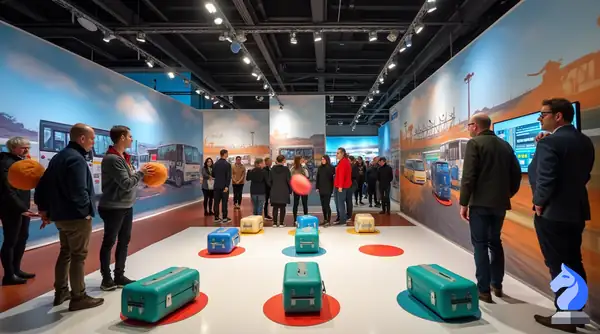
Idea 2: Bus Stop Balance
- Concept: A large, bus-shaped rocking platform stands on a pivot. Participants board “the bus” and must maintain their balance for as long as possible while the platform gently tilts.
- Why It Works: Captures the everyday sensation of standing on a moving bus, but turns it into a high-adrenaline challenge.
- Two-Minute Play: Timed challenge—who can stay on board without stepping off?
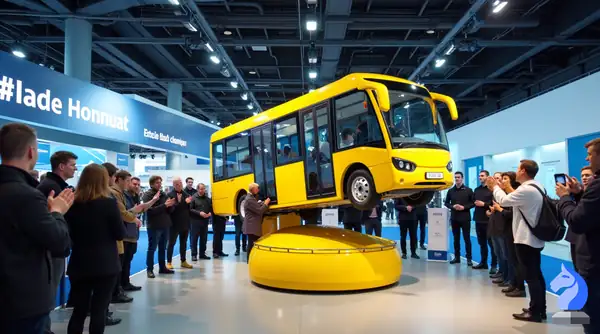
Idea 3: Rail Runner Obstacle
- Concept: A short, raised walkway mimics train tracks with small obstacles that simulate railroad ties or signals. Players race to the other end while avoiding stepping on marked “rail gaps.”
- Why It Works: A fun, larger-than-life representation of rail safety and agility.
- Two-Minute Play: Fastest time to traverse the obstacle-laden “tracks” wins.
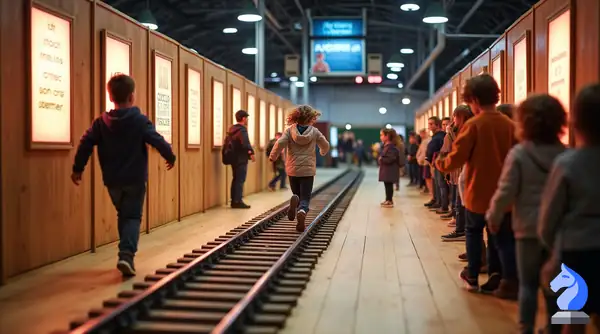
Idea 4: Transit Tire Dash
- Concept: In an enclosed area, participants sprint through a series of oversized tires, each decorated with bus or train wheel designs.
- Why It Works: Classic agility drills with a passenger transport twist, requiring quick footwork and speed.
- Two-Minute Play: Players must complete the dash in under two minutes; the best recorded time across the day wins a prize.
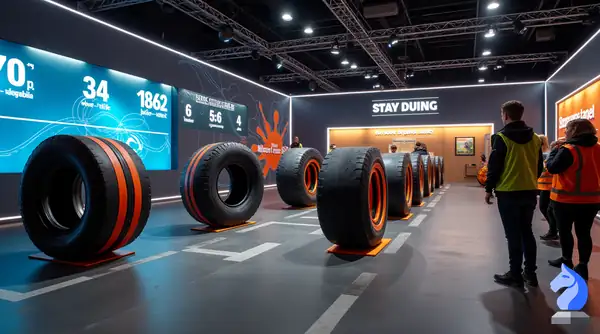
2. Digital Knowledge Game (1 Idea)
This second category focuses on quick-witted thinking. We have a signature game format: falling text items—some correct, some incorrect—that the player must sort. Below is a meaningful theme for the passenger transport industry.
Idea 5: Green Commute Defender
- Story & Setting: The game begins with a brief animated dialogue between two characters: Ava, a sustainability advocate, and Logan, a daily commuter. They discuss the importance of reducing carbon emissions by choosing public transport.
- Mechanics:
- Falling Text Items: Facts and myths about eco-friendly transportation appear on the screen. (For example: “Taking a bus reduces carbon footprint” vs. “Leaving engines idling is greener than turning them off”.)
- Shooting Action: The player blasts the incorrect statements by clicking on them. The correct statements must be allowed to fall to the “Eco Gate” at the bottom.
- End Line: The “Eco Gate” represents the threshold for implementing green initiatives. If a wrong fact passes through, it “pollutes” the gate, causing the player to lose immediately. Shooting a correct statement also causes an immediate loss.
- Theme Meaningfulness: The act of “shooting” the wrong items symbolizes “eliminating misinformation.” Each item is visually represented by “transportation tickets”—green tickets for correct facts, red for incorrect ones.
- Why It Works: It’s a simple but powerful way to educate visitors on the benefits of public transportation, all within an intense two-minute gameplay window.
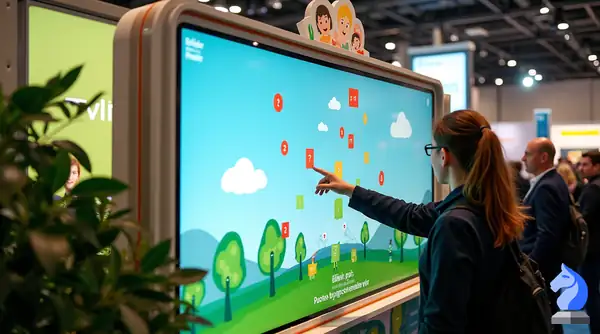
3. Digital Skill Games
Part A: Three Successful Skill-Based Casual Games From the Market
These titles are not only beloved worldwide but also fit the passenger transport theme, making them relevant to your fair and audience.
Idea 6: Subway Surfers
- Statistics: Over 3 billion downloads globally, frequently topping the charts in endless runner categories.
- Gameplay: Players control a character running along subway tracks, dodging trains and obstacles, collecting coins and power-ups. Its fast pace and simple controls make it an addictive skill game.
- Relevance to Your Company: The subway environment directly references passenger transport. It aligns perfectly with a fair dedicated to trains, subways, and public transit systems.
Idea 7: Mini Metro
- Statistics: More than 1 million downloads (across mobile and multiple platforms), numerous awards for innovative design.
- Gameplay: A minimalist strategy puzzle where you design and connect subway lines efficiently to accommodate passenger flow.
- Relevance to Your Company: It perfectly reflects the challenges of managing and optimizing passenger transport routes—ideal for showcasing the complexity and artistry of public transit.
Idea 8: Train Conductor World
- Statistics: Over 5 million downloads, ranking high among train-themed puzzle games.
- Gameplay: Players guide a series of trains to their correct tracks without collisions, requiring quick decisions and precise timing.
- Relevance to Your Company: Demonstrates the critical nature of scheduling and planning in passenger transport, making the theme a natural fit.
Part B: Five New Digital Skill Game Ideas (Each Under 2 Minutes)
Below are five fresh concepts designed specifically around passenger transport themes and short, action-packed experiences.
Idea 9: Commuter Rush
- Concept: Players control a tiny character navigating a busy virtual bus terminal, collecting “travel tokens” scattered around.
- Gameplay: Tapping left or right avoids crowds and obstacles (like stray luggage or barrier posts). A countdown clock adds urgency.
- Why It Works: Simple swipes or taps keep the game accessible, and the bus terminal context ties perfectly to the fair’s theme.
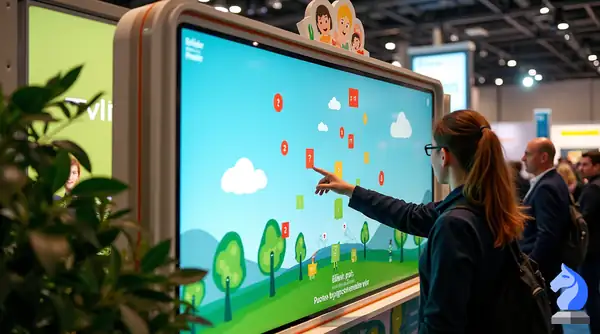
Idea 10: Signal Switch
- Concept: A central intersection with multiple traffic lights. Players must tap to change the signals at the precise moment so that buses and trams don’t collide.
- Gameplay: Mistime a signal, and a collision animation ends the game. The goal is to manage as many smooth “go’s” as possible within two minutes.
- Why It Works: It highlights the coordination challenges of public transport while offering a frantic, skill-based experience.
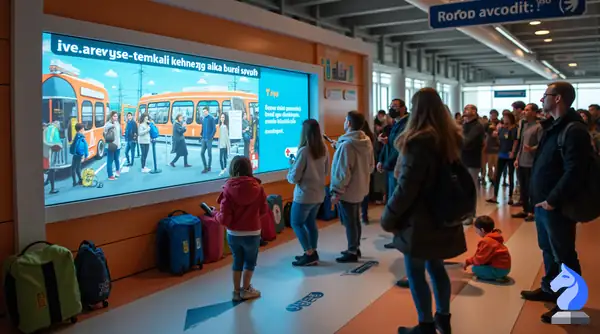
Idea 11: Ticket Tap
- Concept: Tickets pop up from multiple slots on the screen. Players must “validate” only the correct tickets (e.g., the ones with valid destination and date) before they vanish.
- Gameplay: Quick reflex tapping. Incorrectly tapping an invalid ticket ends the run.
- Why It Works: It’s a playful nod to real-life ticket validation while employing fast, rhythmic gameplay.
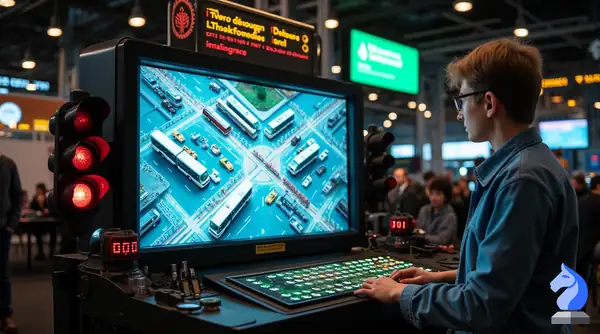
Idea 12: Rush Hour Intersection
- Concept: Think of a 2D overhead view of busy city streets. Cars, buses, and trams appear from all directions, and the player must quickly swipe each vehicle onto a safe route to avoid gridlock.
- Gameplay: Each round speeds up, intensifying the action. One traffic jam and the run ends.
- Why It Works: Emulates traffic coordination in big cities—a core aspect of passenger transport.
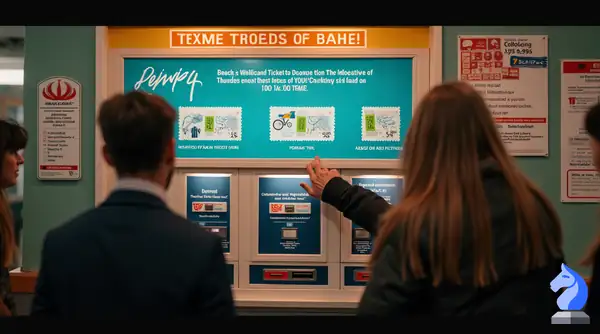
Idea 13: Bumper Bus
- Concept: In a confined “arena,” players guide a tiny bus that must gently bump competitor buses off the field within a short timeframe.
- Gameplay: Tilt or tap controls to move; collisions that push opponents off the edge earn points.
- Why It Works: Transforms everyday buses into a hilarious, quick-burst skill game. Great for short, memorable sessions.
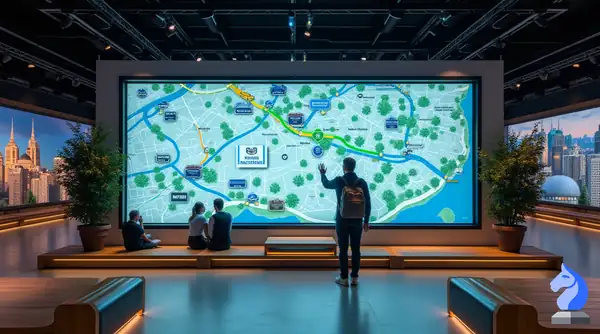
4. Digital Chance Games (2 Ideas + Customizations)
Chance-based games offer instant gratification and excitement. Below are two recommended ideas plus ways to customize classic luck-driven booths—Wheel of Fortune, Jackpot, and Plinko—for the passenger transport industry.
Idea 14: Concourse Bingo
- Concept: Virtual bingo with squares labeled by different public transit elements (e.g., “Train,” “Bus,” “Tram,” “Bike-Sharing”).
- Gameplay: Random draws of transport icons occur every few seconds. The first person to complete a row yells “Concourse!” within two minutes.
- Why It Works: Simple to set up digitally, highly recognizable, and can be themed with transit icons and sounds.
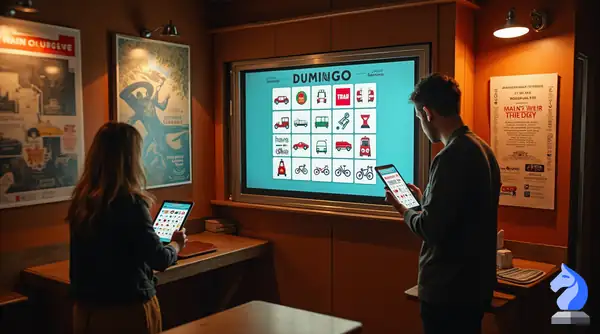
Idea 15: Departure Draw
- Concept: A screen displays multiple gates (like airport or train station gates). The system randomly selects gates as “winners” in a 2-minute countdown.
- Gameplay: Attendees choose a gate number on a digital kiosk. If their gate is drawn when the timer is up, they win.
- Why It Works: Ties into the excitement of “catching the right gate” in real-life travel scenarios.
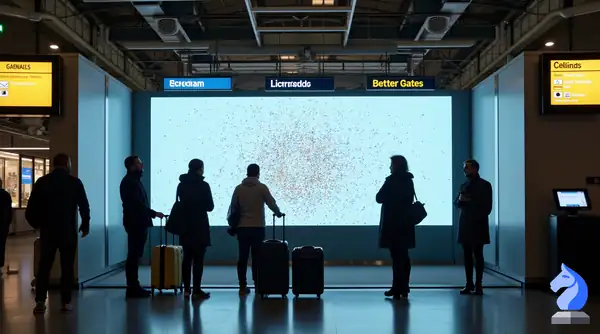
These classic chance games gain a fresh spin by visually immersing participants in the world of passenger transport and mobility solutions.
Conclusion
From physically immersive booths to fast-paced digital knowledge tests, short-burst skill challenges, and luck-of-the-draw chance games, these 15 ideas can energize your Passenger Transport Fair and leave a lasting impression. Each concept keeps gameplay under two minutes, ensuring high turnover, steady crowd interest, and memorable experiences all around. Whether you’re emphasizing eco-friendly information, coordination skills, or sheer fun, these attractions perfectly align with the fair’s mission of bringing traveler-centric, modern, and engaging solutions to the public transport industry.

